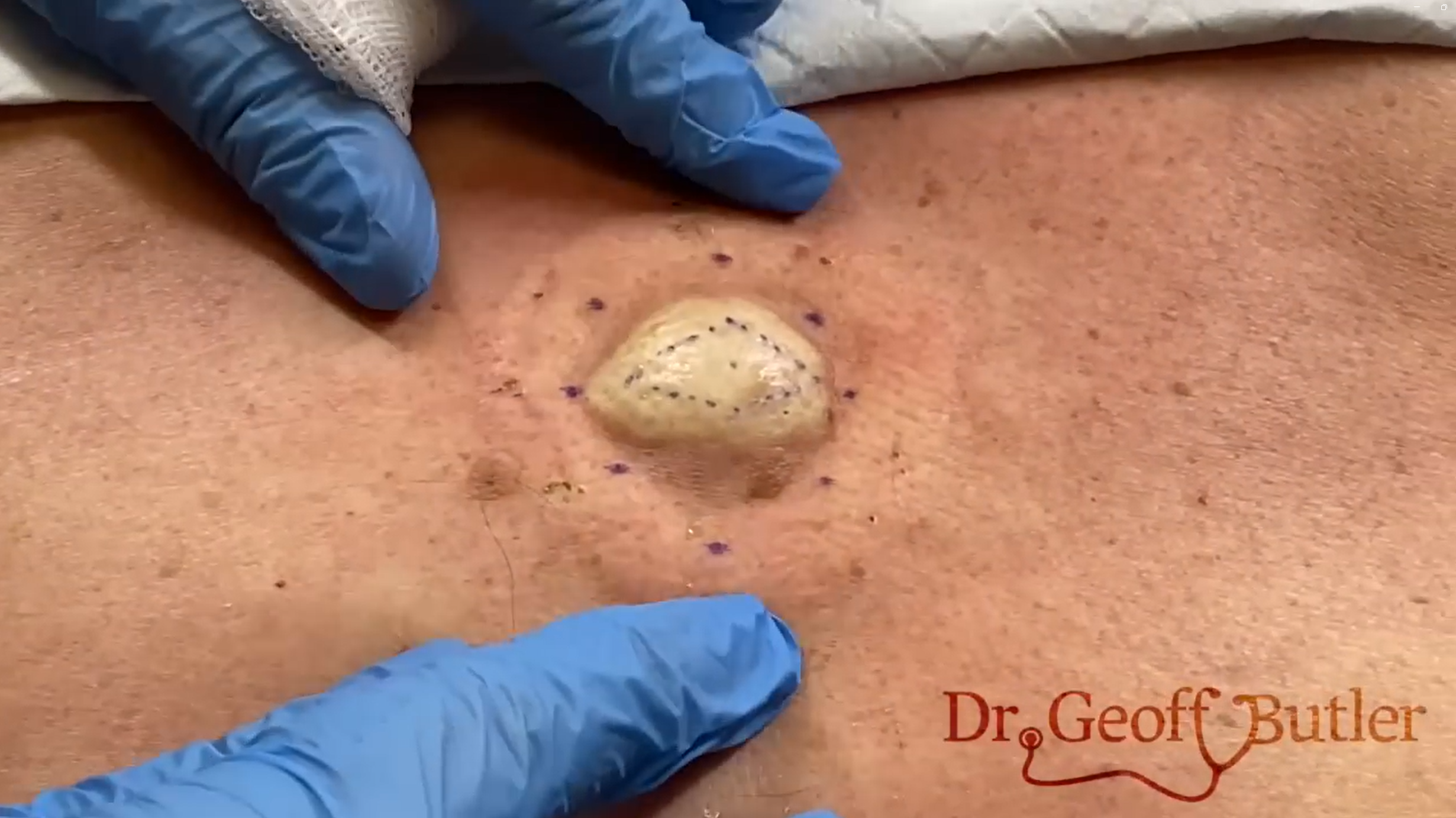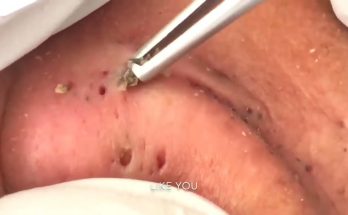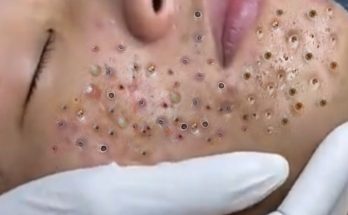TREATMENT OF Epidermal Cyst on Back IS COMMITTED TO NOT RECURRING, NOT LEAVING SCARS
The treatment of an epidermal cyst on the back involves several steps to minimize recurrence and scarring. Here’s an approach focused on ensuring effective removal while minimizing the chances of the cyst coming back and leaving visible scars:
1. Consultation and Diagnosis
- Medical Evaluation: The first step is to consult a dermatologist or a healthcare professional to confirm that the cyst is an epidermal cyst (often caused by blocked hair follicles or oil glands).
- Pre-treatment Assessment: The doctor may assess the size, location, and depth of the cyst to determine the most appropriate treatment method.
2. Minimizing Recurrence
- Complete Excision: The most effective way to prevent recurrence is to completely remove the cyst wall along with the contents. If any part of the cyst wall remains, it can regrow over time.
- Laser Treatment: Some patients opt for laser-assisted excision, which can be more precise and may help reduce the risk of recurrence.
3. Minimizing Scarring
- Proper Technique: The surgeon or dermatologist should use a precise excision technique, ensuring that they cut along the natural skin lines to minimize visible scarring. A well-done excision will often result in a less noticeable scar.
- Sterile Environment: Performing the procedure in a sterile environment reduces the risk of infection, which could worsen scarring.
- Sutures: In some cases, suturing the wound with dissolvable or fine stitches can help the wound heal neatly, reducing scarring.
- Post-Treatment Care: Proper aftercare is crucial to minimizing scarring:
- Keep the wound clean and dry: Follow instructions for cleaning and changing the dressing to prevent infection.
- Avoid sun exposure: Protect the healing area from direct sun exposure, which can lead to hyperpigmentation or darkening of the scar.
- Use topical treatments: Products like silicone gel sheets or scar creams may be recommended to help reduce scarring. Some people use Vitamin E, though its effectiveness is debated.
4. Follow-up Care
- Regular Check-ups: After removal, follow-up visits with the healthcare provider will help ensure proper healing and check for any signs of recurrence.
- Monitor for Infection: Signs of infection, such as increased redness, swelling, or pus, should be treated promptly to avoid complications that can worsen scarring.
By carefully choosing a skilled provider and following these steps, it’s possible to effectively treat an epidermal cyst while minimizing both recurrence and scarring.



